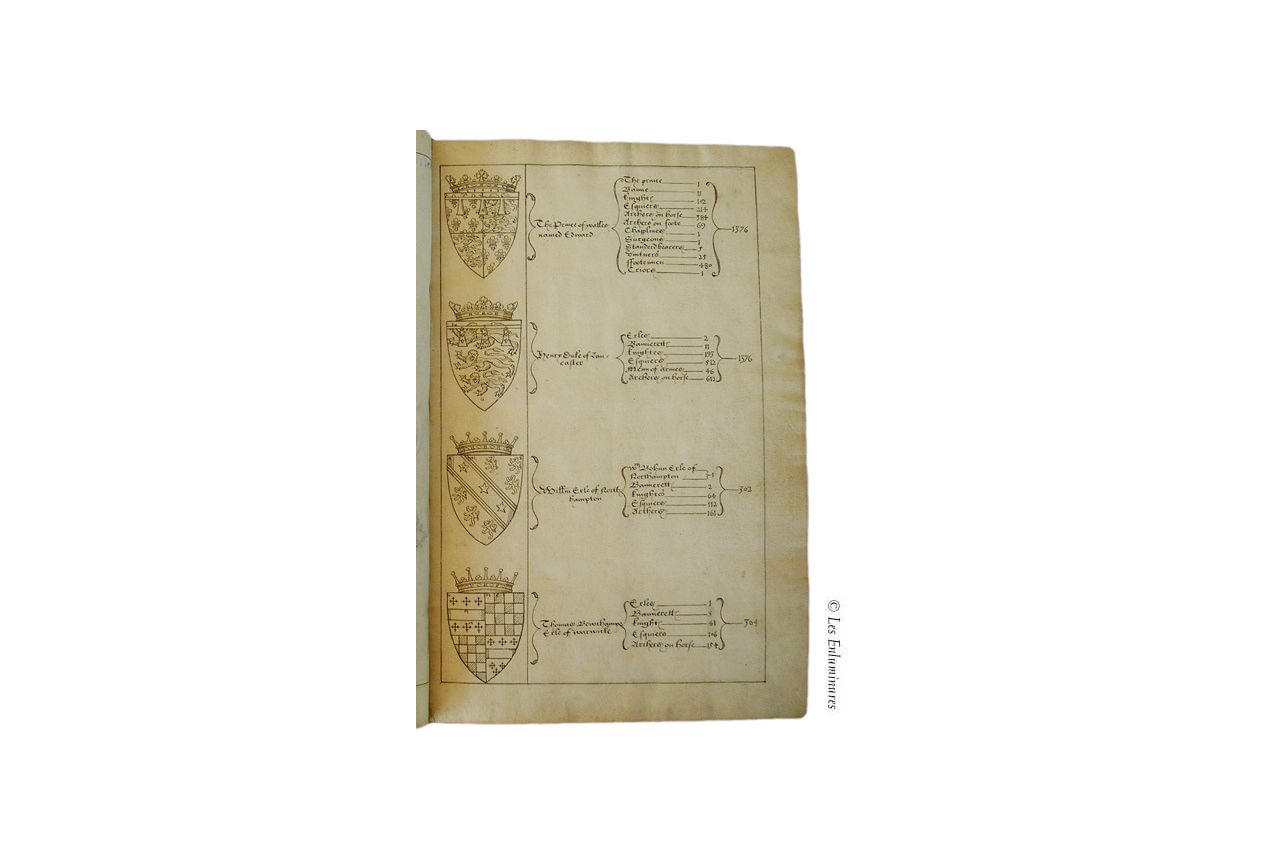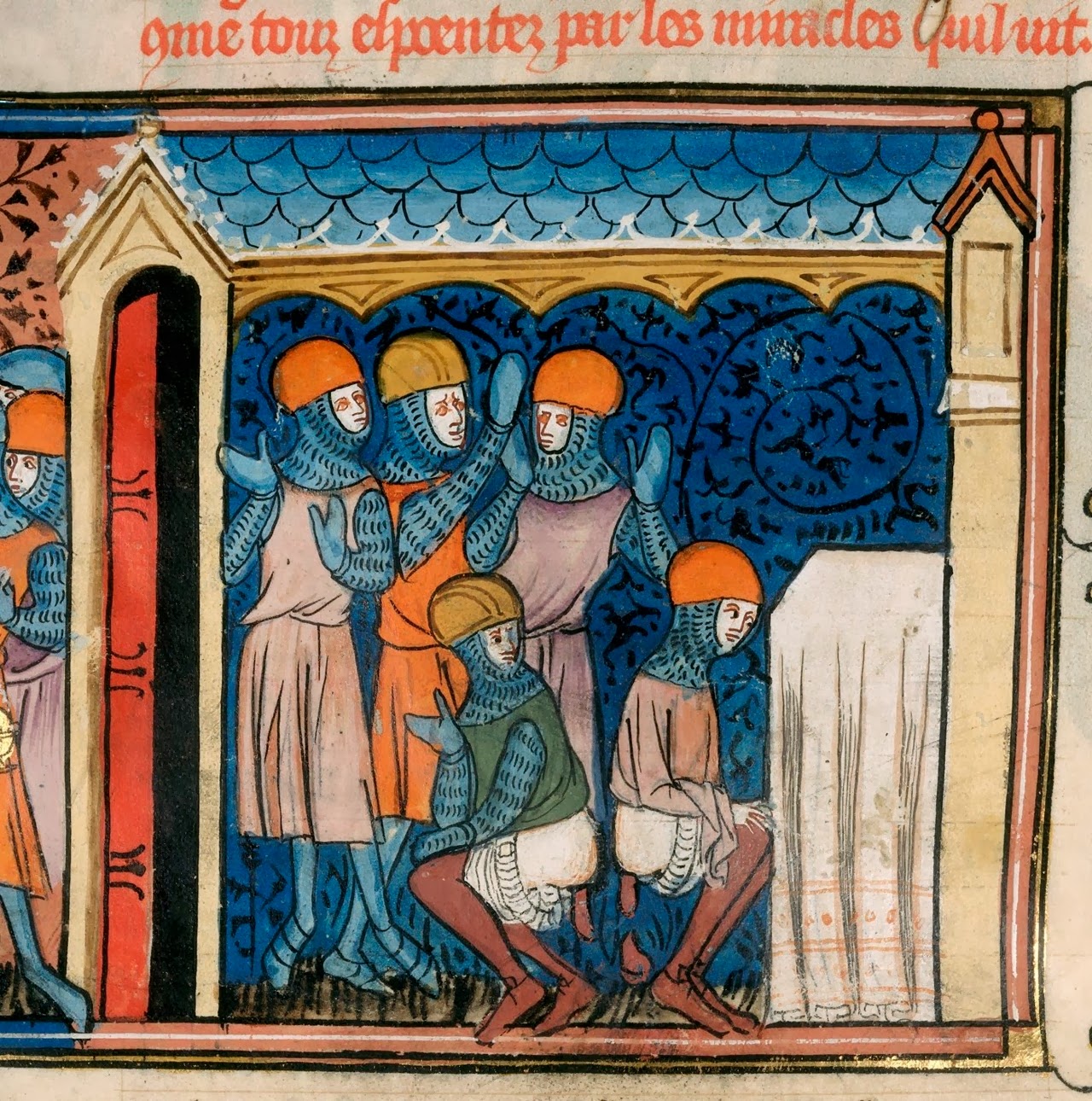

Scribal errors were carefully corrected throughout, often boxed in red. It is possible that the general level of expense for this Bible changed mid-stream, since some of the foliate initials were painted over decorated pen initials.Ģ. The historiated initials can be attributed to two ateliers, the Mathurin atelier, traditionally thought to be active in Paris from the 1240s until the mid-1250s, and the Aurifaber atelier, active c. The style of the pen initials can be compared with other Parisian manuscripts from the third quarter of the thirteenth century (similar to Stirnemann, 1990, pp. The fine quality of the parchment, the consistency of the quire structure (almost all quires of 24), and the quality of the penwork and illumination are all typical of commercially-produced manuscripts made in Paris at this time. Written and illuminated in Paris in the middle of the thirteenth century, c. Pastedowns and endleaves from thirteenth-century manuscripts are part of the modern binding. Of special interest are neat corrections to the text throughout, some comparing the text to different biblical versions.

Dimensions 145 x 95 mm.Ĭomplete, and in excellent condition, this is an excellent example of a thirteenth-century Paris Bible – the Bibles that were the direct ancestors of Bibles we still read today. The decorative scheme of illuminated initials before every book of the Bible includes eight historiated initials that are fine examples of the work of two Parisian ateliers. Modern (nineteenth- or twentieth-century) diced brown leather binding over early wooden boards, spine with seven slightly raised bands, paper spine label hand lettered, “Biblia sacra./ XIII e Sc.”, in excellent condition, brown leather fitted case by Zaehnsdorf. 240, lower outer corners occasionally a bit frayed, a few discrete modern repairs (e.g. 1-38v, with some stains in the very outer margins, never affecting the text, quite minor after the first 8 leaves, slight staining outer margins ff.

#France medieval manuscripts vs full
Parchment pastedown from earlier manuscript (described below) + vi (parchment) + 640 folios on parchment (very thin) + iii (i, leaf from an earlier manuscript, partially pasted down + ii, inserted bifolium, all parchment), modern foliation in pencil top outer corner recto, complete (collation i-xv 24 xvi 28 xvii-xxiii 24 xiv 26 xxv 24 xxvi 20 xxvii 12 ), no catchwords, ad hoc quire signatures in quires 11, 13-22, with letters numbering the leaves and symbols designating the quire, ruled very lightly in lead with an extra set of double rules for the running titles in the upper margin, single vertical bounding lines outer margins and between the columns usually full length (justification 98-94 x 64-62 mm.), written below the top line in a gothic bookhand in two columns of forty-five lines, majuscules within text touched by red, red rubrics, red and blue running titles and roman numerals numbering the chapters, one-line alternately red and blue initials, two-line alternately red and blue initials with pen decoration in the opposite color, often extending the full length of the page, some with partial red and blue ‘J’ motifs, ONE HUNDRED AND THIRTY 2- to 10-line ILLUMINATED FOLIATE initials (with ‘I’ extending up to 34 lines), EIGHT HISTORIATED INITIALS (described below), overall in excellent condition, initials ff.


 0 kommentar(er)
0 kommentar(er)
